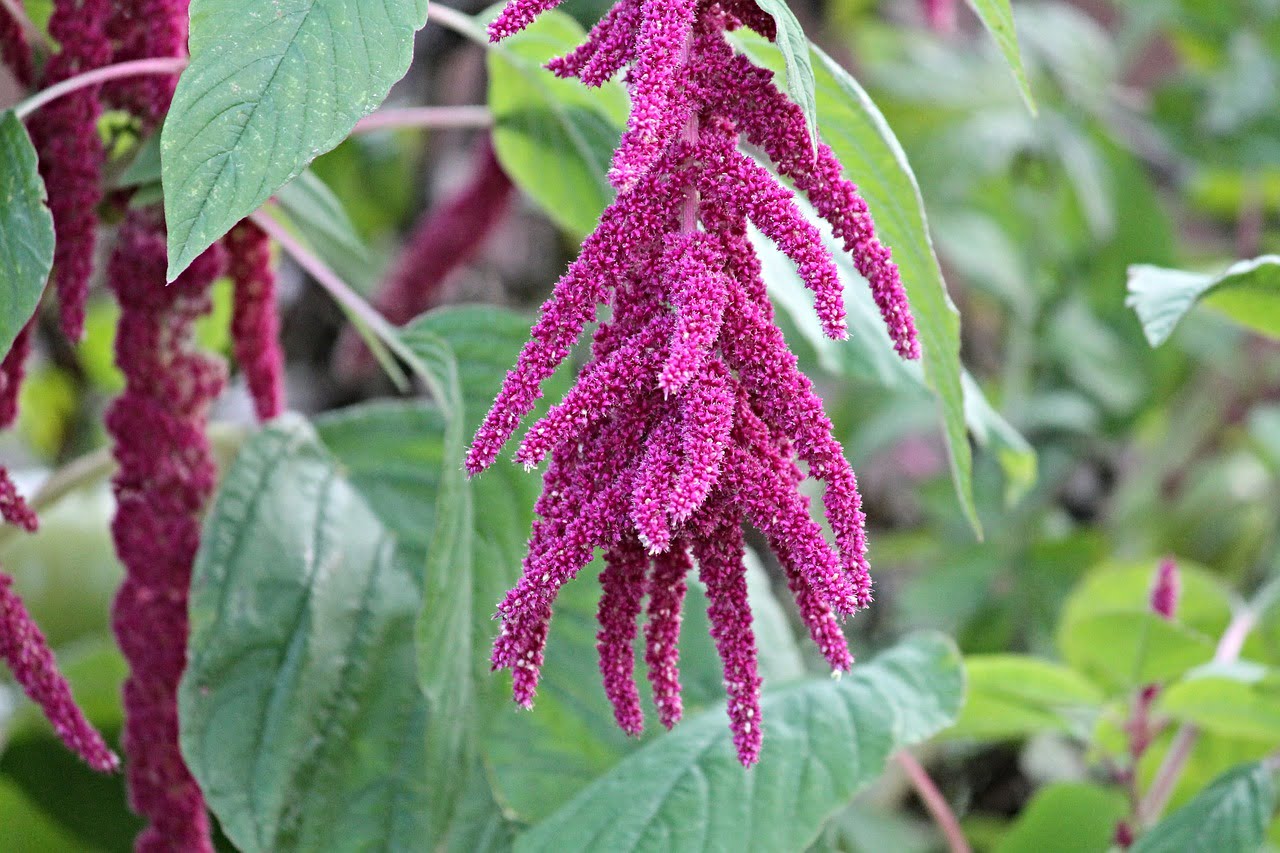Amaranth Vegetable in All Indian Languages: A Comprehensive Guide

Amaranth vegetable, also known as Amaranthus or “Chaulai” in Hindi, is a nutritious leafy vegetable that is widely consumed in India. Amaranth has been a staple food in many Indian households for centuries, and is known for its numerous health benefits. In this article, we will explore the different names of amaranth vegetable in various Indian languages and also discuss its nutritional value, culinary uses, and benefits for health.
Table of Contents
- Introduction
- What is Amaranth Vegetable?
- Nutritional Value of Amaranth Vegetable
- Culinary Uses of Amaranth Vegetable
- Benefits of Amaranth Vegetable for Health
- Names of Amaranth Vegetable in Indian Languages
- Hindi
- Bengali
- Tamil
- Telugu
- Kannada
- Malayalam
- Gujarati
- Marathi
- Punjabi
- Odia
- Assamese
- Konkani
- Manipuri
What is Amaranth Vegetable?
Amaranth vegetable is a leafy vegetable that belongs to the Amaranthus family. It is an annual plant that can grow up to six feet tall and has broad leaves that are edible. The vegetable comes in a variety of colors, including green, red, and purple, and has a slightly sweet and nutty taste. Amaranth is a versatile vegetable that can be eaten raw or cooked in various ways, including steaming, sautéing, stir-frying, and boiling.
Nutritional Value of Amaranth Vegetable
Amaranth vegetable is a rich source of essential vitamins, minerals, and nutrients that are vital for good health. It is a good source of vitamin A, vitamin C, calcium, iron, and protein. In addition, amaranth is low in calories and high in fiber, making it an excellent choice for weight loss and digestive health. The vegetable is also rich in antioxidants, which help to prevent cell damage and lower the risk of chronic diseases.
Culinary Uses of Amaranth Vegetable
Amaranth vegetable is a popular ingredient in many Indian dishes. It is often used in curries, soups, and stews, and can also be sautéed with garlic and spices to make a delicious side dish. In addition, the vegetable can be added to salads and smoothies for a nutritious boost. Amaranth leaves can also be used to make a refreshing juice that is packed with vitamins and minerals.
Benefits of Amaranth Vegetable for Health
Amaranth vegetable has numerous health benefits that make it an excellent addition to a healthy diet. It is a rich source of vitamins and minerals that help to boost the immune system, improve vision, and maintain healthy bones and teeth. Amaranth is also high in protein, making it an excellent choice for vegetarians and vegans. Additionally, the vegetable has anti-inflammatory properties that can help to reduce the risk of chronic diseases such as heart disease, cancer, and diabetes.
Names of Amaranth Vegetable in Indian Languages
Amaranth vegetable is known by various names in different Indian languages. Here are some of the most common names:
- Hindi: Chaulai
- Bengali: Laal Shaak
- Tamil: Mulai Keerai
- Telugu: Thotakura
- Kannada: Dantina soppu
- Malayalam: Cheera
- Gujarati: Rajgira
- Marathi: Shepu
- Punjabi: Cholai
- Oriya: Khada Saga.
- asamese:Laat xaak
- Konkani:Rajgira
- Manipuri:Cheng-kro
you may like: what is amaranth ,Organic Amaranth Stem , amaranth reserch,
you may also like my more recipes:Delicious Lauki Ki Sabji Recipe | How to Make Bottle Gourd Sabji at Home ,Chana Dal with Lauki Recipe: A Delicious and Nutritio ,Paneer Curry Recipe: Delicious and Easy to Make ,Recipe of Arhar Dal with Lauki: A Nutritious and Delicious Meal , Idli Recipe with Chutney and Sambar: A Mouthwatering South Indian Delight ,Aloo Baingan Ki Sabzi With Taki Fish: A Delectable Meal for Seafood Lovers ,Bengali Guro Mach er Chorchori with Vegs Recipe: A Delicious and Healthy Meal , beet root Recipe: A Nutritious and Delicious Side Dish, kabuli chana curry
health benefits of amaranth,what is amaranth flour in hindi,spinach amaranth,red amaranth leaves benefits,amaranth benefitsamaranth plant,amaranth in marathi,amaranth in tamil,amaranth in hindi
